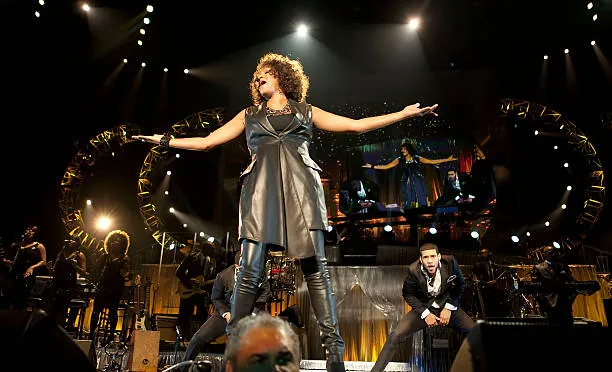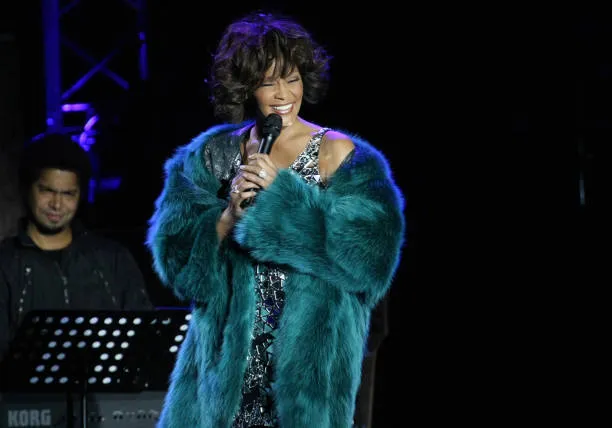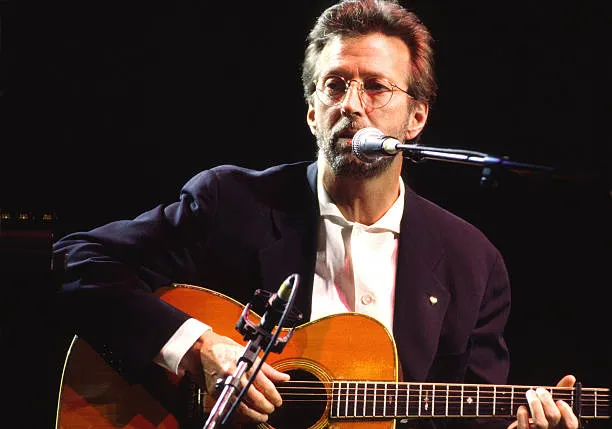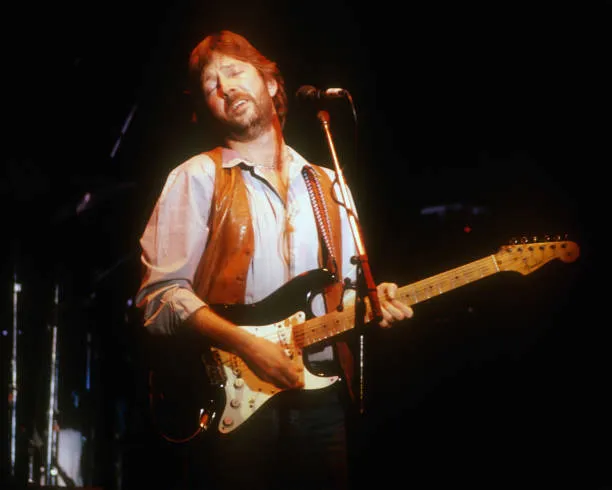About The Song
(Watch the video below)
In the pantheon of rock music, few songs encapsulate the spirit of an era as vividly as "Come Together" by John Lennon. Released in 1969 as the opening track of The Beatles' album "Abbey Road," the song stands as a testament to the band's innovative approach to music-making and the cultural zeitgeist of the late 1960s. This essay delves into the origins, musical structure, lyrical significance, and enduring legacy of "Come Together," exploring its impact on music and society.

"Come Together" was birthed in a period of intense creativity and transition for The Beatles. Originally conceived as a campaign anthem for Timothy Leary's gubernatorial run against Ronald Reagan in California, the song's purpose was redirected following Leary's campaign cessation. John Lennon, inspired by the desire to create something that fused the bluesy essence of rock and roll with his unique lyrical vision, repurposed the tune for "Abbey Road." The title and refrain, "come together," initially intended to rally political unity, transformed into a more abstract invocation.
Musically, "Come Together" is a marvel of minimalism and complexity. Its driving force is a blues-inspired bassline, a simple yet profound foundation that allows the song to build a mesmerizing atmosphere. The use of electric piano, guitar riffs, and distinctive percussion creates a soundscape that is both innovative and timeless. Lennon's vocal performance, ranging from melodic singing to almost spoken word, adds to the track's hypnotic appeal. The production techniques of George Martin and Geoff Emerick, including innovative use of studio effects and multi-tracking, played a pivotal role in crafting the song's unique sound.

The lyrics of "Come Together" are a tapestry of cryptic imagery and wordplay. Each verse introduces a new character, described in surreal and abstract terms, from "old flat-top" who "come grooving up slowly" to "walrus gumboot" with "Ono sideboard." Critics and fans alike have long debated the meaning behind these phrases, with interpretations ranging from political commentary to reflections on The Beatles' own experiences. What remains clear is Lennon's masterful use of language to paint vivid pictures and evoke emotions, leaving a space for listeners to find their own meanings within the song's enigmatic words.
Upon its release, "Come Together" resonated deeply with an audience living through the tumult and transformation of the late 1960s. It captured a moment of cultural shift, embodying the desires for unity and change that defined the era. Over the decades, the song has retained its relevance, covered by countless artists across genres, from Michael Jackson to Aerosmith, illustrating its wide-ranging influence. "Come Together" not only showcases The Beatles' musical genius but also acts as a cultural touchstone for understanding the social dynamics of its time.

"Come Together" remains one of The Beatles' most iconic tracks, a song that transcends its original context to speak to the universal desire for connection and understanding. Its musical innovation, lyrical depth, and cultural significance cement its place in the annals of rock history. As both a product of its time and a timeless piece of art, "Come Together" continues to inspire and unite listeners, embodying John Lennon's vision of a world coming together in harmony.

In exploring the layers of "Come Together," from its blues-infused roots to its abstract lyrical vistas, we gain insight not only into the creative minds of The Beatles but also into the cultural currents of the 1960s. The song stands as a testament to the power of music as a medium for expression and change, a reminder of the enduring impact of The Beatles on the fabric of global culture.
Video
Lyrics
Let's sing along with the lyrics!



